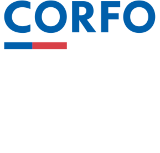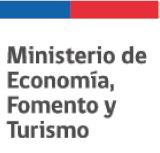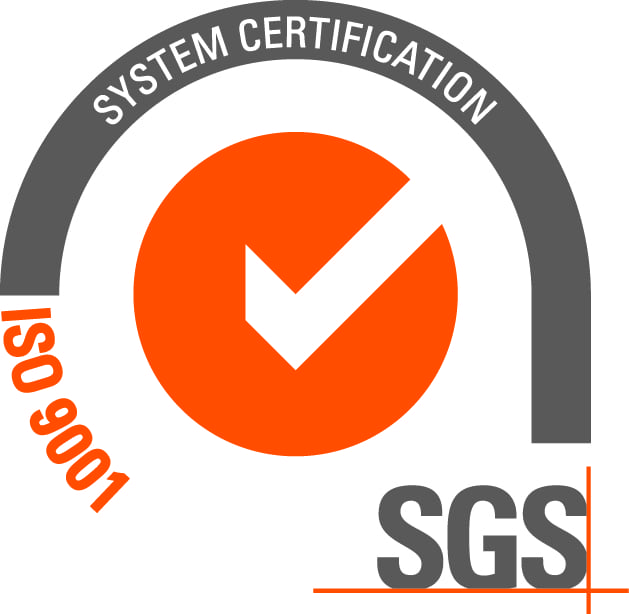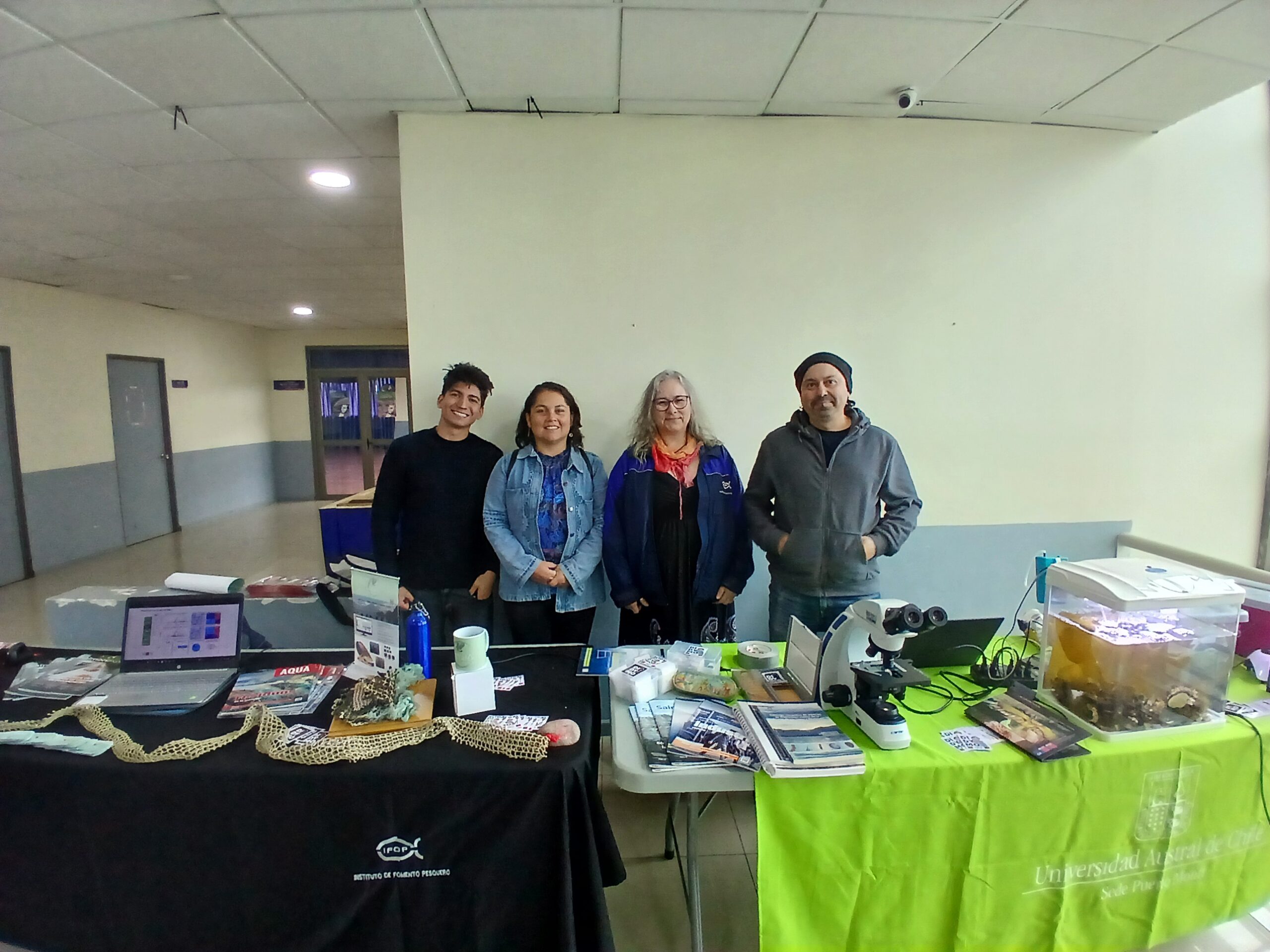
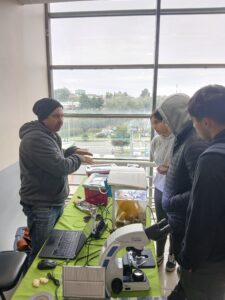 On Wednesday, March 19th, the Environmental Education Seminar: School Coexistence and Citizenship Training Outreach Fair was held in the Angelmó Hall of the Puerto Montt Arena. This fair was organized by the Llanquihue Municipal Association and represented an opportunity to mainstream environmental issues into school education. Researchers Macarena Herrera and Alejandra Oyanedel, and Rodrigo Jaramillo and Mario Ortiz participated from the Puerto Montt headquarters of the Aquaculture Research Division of the Fisheries Development Institute, to disseminate the work of the Didymo and Mussel Monitoring Programs. The objective of participating in this activity was to highlight opportunities for collaboration to implement outreach and promotion activities in school communities, establishing links that facilitate effective scheduling and coordination with the province’s educational communities.
On Wednesday, March 19th, the Environmental Education Seminar: School Coexistence and Citizenship Training Outreach Fair was held in the Angelmó Hall of the Puerto Montt Arena. This fair was organized by the Llanquihue Municipal Association and represented an opportunity to mainstream environmental issues into school education. Researchers Macarena Herrera and Alejandra Oyanedel, and Rodrigo Jaramillo and Mario Ortiz participated from the Puerto Montt headquarters of the Aquaculture Research Division of the Fisheries Development Institute, to disseminate the work of the Didymo and Mussel Monitoring Programs. The objective of participating in this activity was to highlight opportunities for collaboration to implement outreach and promotion activities in school communities, establishing links that facilitate effective scheduling and coordination with the province’s educational communities.
Two stands related to freshwater and saltwater aquariums were presented. The first booth offered visual information on the species Didymosphenia geminata, or Didymo, an exotic, invasive freshwater microalgae declared a pest species in Chile and highly dispersible. Attendees were also able to observe the cell shape of this pest species in situ through a microscope, as well as its appearance during flowering in one of the aquariums. Information was also provided on measures to help curb its spread in Chilean rivers and lakes, with greater emphasis on the biosecurity measures that must be taken when carrying out any activity in a contaminated river or lake.
The second booth focused on waste management through the Mussel Monitoring Program. Regarding the materials used in the aquaculture of these bivalve mollusks, which are now recycled nets from fish farming and fishing activities, the teaching community was primarily shown microfibers from ropes and nets present in the water column, which can be seen from the analysis of zooplankton samples. The key is to reflect on how degradable these materials are and how to prioritize the least polluting when making collectors, thus contributing to the care of our environment.
The aquarium for the activity gave visitors the opportunity to observe different benthic resources as well as others from the inter- and subtidal waters. Those attending this initiative enjoyed the talk and the beauty of the organisms on display.


